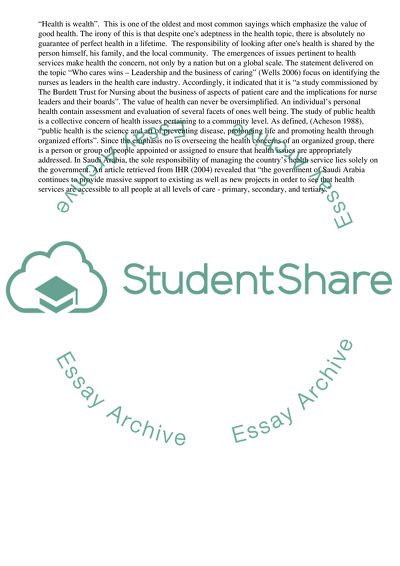Cite this document
(Puplic Health Management in Saudi Arabia Term Paper, n.d.)
Puplic Health Management in Saudi Arabia Term Paper. Retrieved from https://studentshare.org/management/1719749-puplic-health-management
Puplic Health Management in Saudi Arabia Term Paper. Retrieved from https://studentshare.org/management/1719749-puplic-health-management
(Puplic Health Management in Saudi Arabia Term Paper)
Puplic Health Management in Saudi Arabia Term Paper. https://studentshare.org/management/1719749-puplic-health-management.
Puplic Health Management in Saudi Arabia Term Paper. https://studentshare.org/management/1719749-puplic-health-management.
“Puplic Health Management in Saudi Arabia Term Paper”, n.d. https://studentshare.org/management/1719749-puplic-health-management.


